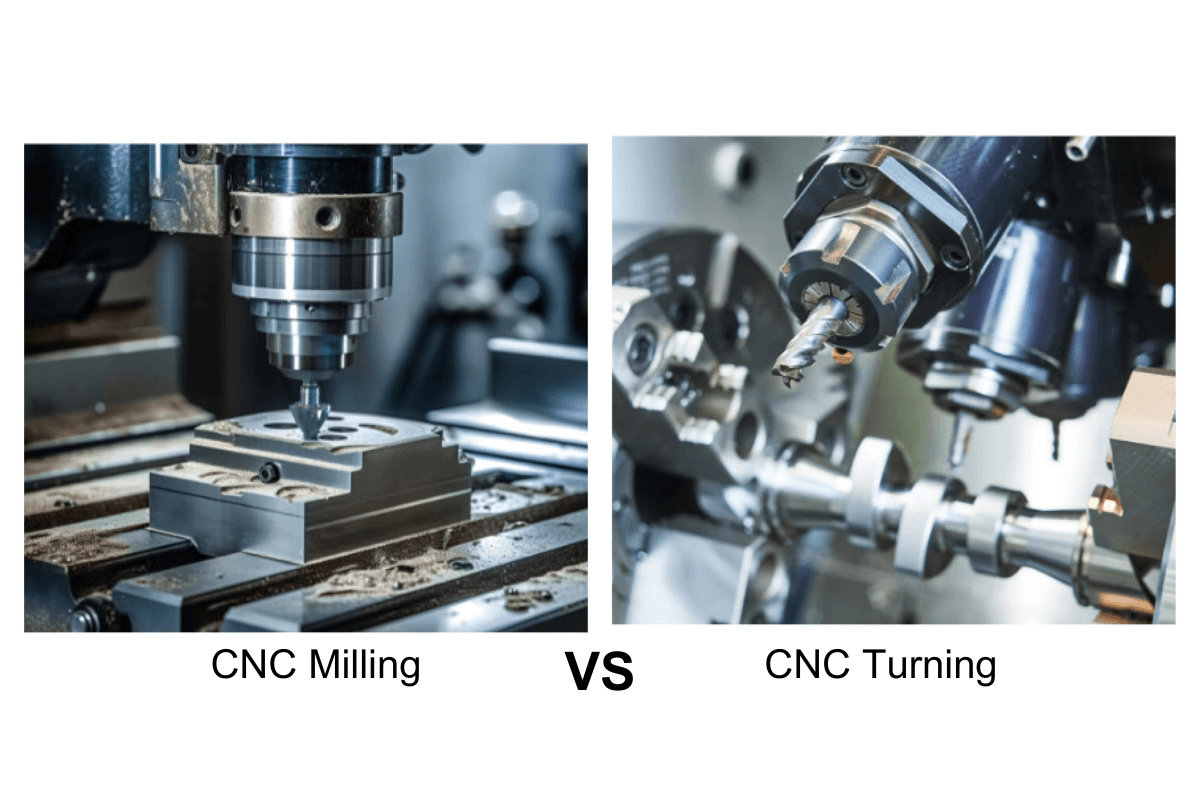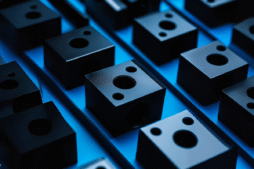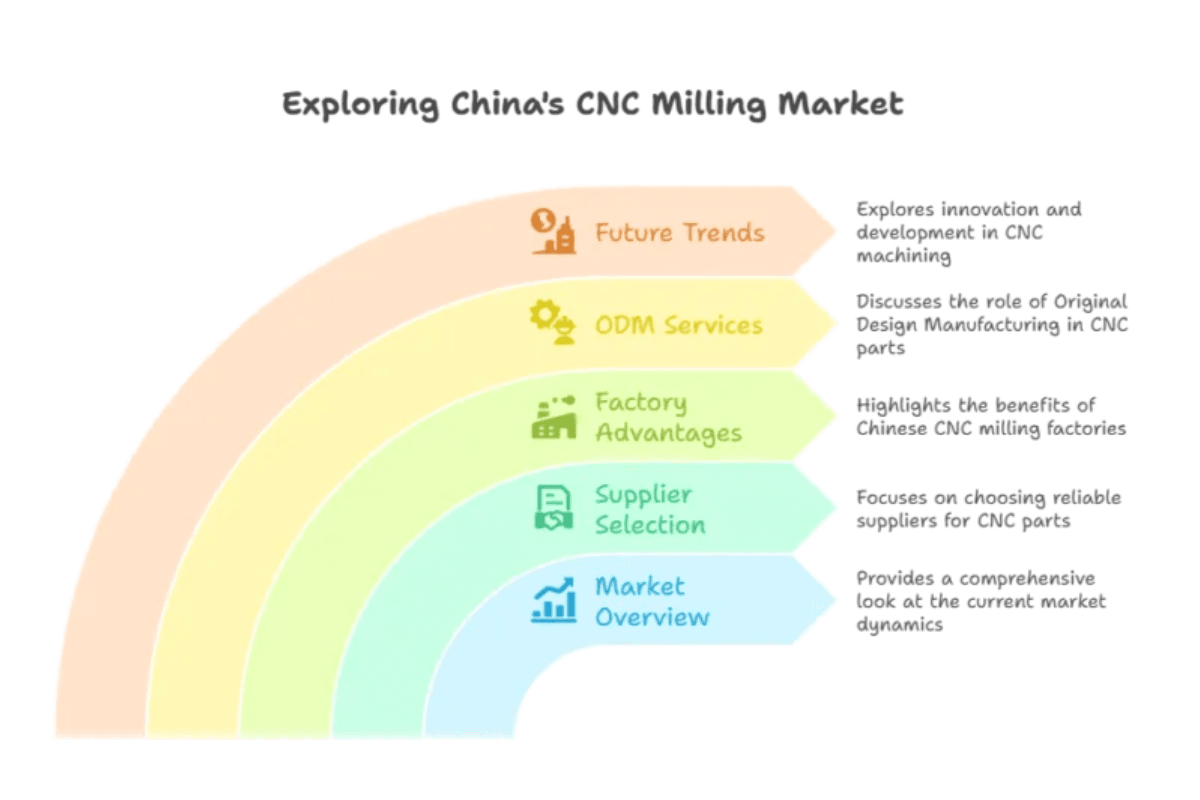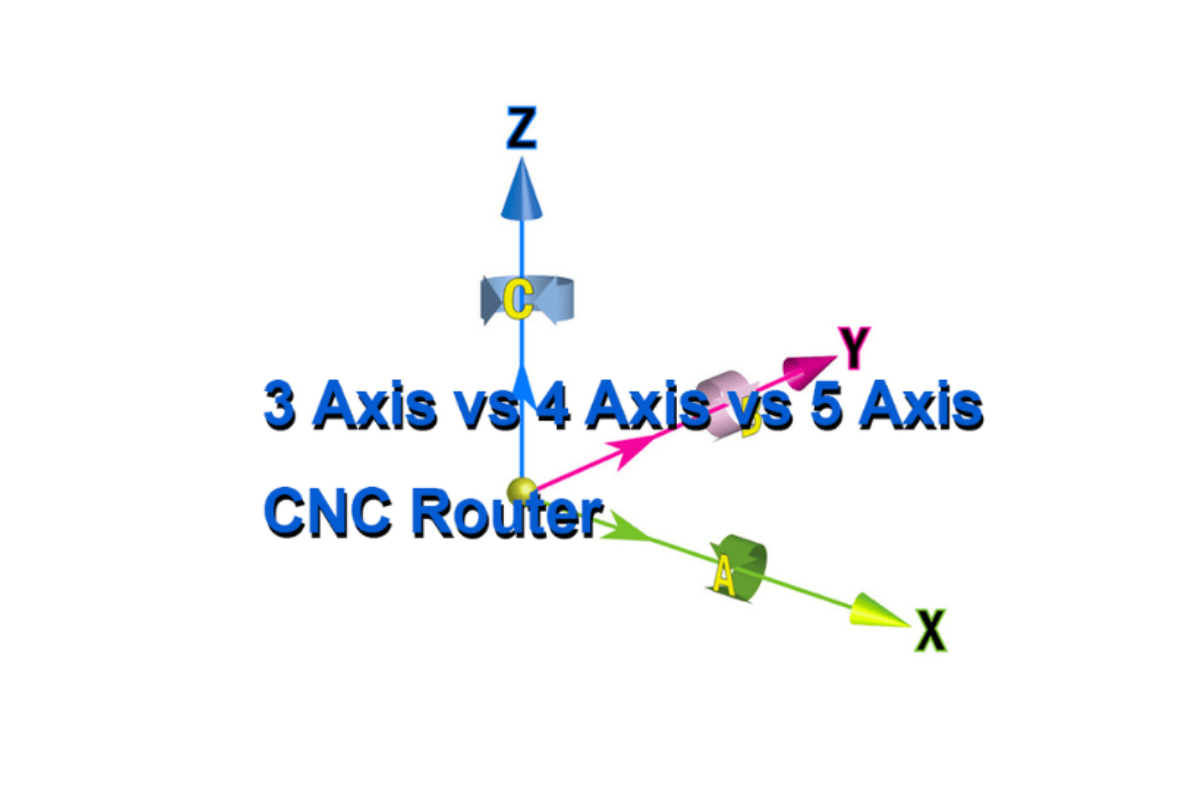Introduction: The Importance of Understanding Lathe vs. Milling Machine Processing
In the machining industry, understanding the distinction between lathe and CNC milling is fundamental. These two essential processes form the backbone of modern industrial production, each with unique capabilities, advantages, and limitations. Mastering their differences is crucial for optimal part design, efficient production planning, cost-effective operations, quality assurance, and adapting to technological advancements. By understanding these core machining processes, manufacturers can make informed decisions, optimize workflows, and deliver high-quality products, which is a cornerstone for success in the dynamic world of machining.
Lathe Processing
a. Definition and basic principles of lathe processing
Lathe processing is a machining technique that uses a lathe machine to shape workpieces by removing material. The workpiece is rotated against a stationary cutting tool, enabling the creation of cylindrical parts and operations such as turning, facing, boring, and threading.
b. Types of lathe machines (e.g., manual, CNC, Swiss type)
Lathe machines can be categorized into different types, each offering unique capabilities to meet various manufacturing requirements. These include manual lathes, CNC (Computer Numerical Control) lathes, and Swiss-type lathes.
Manual lathes are operated manually, with the operator controlling the tool movements and adjusting the speed and feed rate. CNC lathes, on the other hand, are computer-controlled, providing enhanced precision, repeatability, and the ability to execute complex machining sequences. Swiss-type lathes are specialized machines designed to produce small, precision parts, featuring a guide bushing that supports the workpiece during the machining process.
The selection of the appropriate lathe type depends on factors such as part complexity, production volume, and the required level of automation and control.
c. Typical workpieces and operations performed on a lathe
Lathes are primarily used to process cylindrical workpieces, performing a variety of operations:
i. Turning: Removing material from the outer surface of a rotating workpiece to create features such as tapers, grooves, and profiles.
ii. Facing: Machining the end or shoulder of a workpiece to produce a flat surface.
iii. Boring: Creating or enlarging a hole in the internal surface of a workpiece.
iv. Threading: Generating helical grooves on the surface of a workpiece to create internal or external threads.
The versatility of these lathe operations enables the production of a wide range of parts, from simple shafts to complex rotational components.
d. Advantages of lathe processing
i. Ability to Create Cylindrical Parts: Lathes excel at producing a wide variety of cylindrical workpieces with high precision and consistency.
ii. Efficient for Mass Production: Lathes are well-suited for high-volume manufacturing, enabling cost-effective and efficient production.
iii. Versatility in Producing a Wide Range of Parts: Lathes can perform various operations, making them versatile tools for manufacturing a diverse array of rotational components.
e. Limitations of lathe processing
While lathes offer numerous advantages, they also have some inherent limitations:
i. Difficulty in Creating Complex Shapes: Lathes are primarily designed for producing cylindrical parts, which can pose challenges in creating more complex geometric shapes.
ii. Limitations in Producing Accurate Internal Features: Lathes may face limitations in achieving high levels of precision when machining intricate internal features within a workpiece.
Milling Machine Processing
a. Definition and basic principles of milling
Milling involves using a rotating multi-tooth cutting tool to remove material from a fixed workpiece. This method allows for the creation of complex geometries and detailed features.
The fundamental principle of milling involves the controlled interaction between the rotating cutting tool and the fixed workpiece. As the mill rotates at high speeds, it removes material from the workpiece in a precise and controlled manner, allowing for the fabrication of a wide range of shapes and features.
b. Types of milling machines (e.g., vertical, horizontal, CNC)
Milling machines can be categorized into several types, each with its own unique characteristics and applications:
Vertical Milling Machines: These mills feature a vertically oriented spindle that allows for the machining of complex parts and the creation of deep cavities and slots.
Horizontal Milling Machines: In these machines, the spindle is oriented horizontally, making them well-suited for operations such as face milling and peripheral milling.
CNC (Computer Numerical Control) Milling Machines: Equipped with advanced computer controls, CNC milling machines offer enhanced precision, repeatability, and the ability to execute complex machining sequences automatically.
c. Typical workpieces and operations performed on a milling machine
Milling machines are versatile tools capable of performing a variety of operations on a wide range of workpieces:
i. Milling: Removing material from the surface of a workpiece by moving the rotating cutting tool across the part.
ii. Drilling: Creating circular holes in the workpiece using a rotating drill bit.
iii. Slotting: Producing linear grooves or slots in the workpiece.
iv. Pocketing: Machining recessed areas or cavities within the workpiece.
d. Advantages of milling
Milling machines offer several key advantages:
i. Ability to Create Complex Shapes and Features: Milling machines excel at producing intricate geometries and features that would be challenging to achieve with other machining methods.
ii. Precision and Accuracy in Machining: The use of CNC controls and advanced cutting tools enables milling machines to deliver high levels of precision and accuracy in the machined parts.
iii. Versatility in Producing a Wide Range of Parts: Milling machines can be used to fabricate a diverse array of components, from simple parts to complex, multi-featured workpieces.
e. Limitations of milling processing
While milling offer numerous advantages, they also have some inherent limitations:
i. Slower Production Rates Compared to Lathe Processing: Milling operations generally have lower material removal rates compared to lathe processing, which can impact production efficiency for certain applications.
ii. Difficulty in Producing Cylindrical Parts: Milling machines are not as well-suited for manufacturing cylindrical workpieces as lathes, which are specifically designed for this purpose.
Comparison and Applications
a. Comparison of lathe and milling machine processing
Key differences emerge when comparing the use of lathes and milling machines. Each offers distinct advantages depending on the application.
i. Workpiece Geometry: Lathes are primarily designed for producing cylindrical parts, while milling machines excel at creating complex shapes and features.
ii. Production Efficiency: Lathes generally offer higher material removal rates and are better suited for high-volume production, whereas milling machines may have lower production rates.
iii. Machining Accuracy and Precision: Both lathes and milling machines can achieve high levels of accuracy and precision, with CNC-controlled versions offering enhanced capabilities in this regard.
b. Typical applications for lathe processing
Lathe processing is well-suited for a variety of applications:
i. Cylindrical Parts: Lathes excel at manufacturing cylindrical workpieces, such as shafts, rods, and other rotational components.
ii. Rotational Components: Lathes are extensively used in the production of a wide range of rotational parts, including gears, pulleys, and other machine elements.
iii. Mass Production: The high material removal rates and repeatability of lathes make them well-suited for high-volume manufacturing processes.
c. Typical applications for milling machine processing
Milling machine processing is well-suited for a variety of applications:
i. Complex Shapes and Features: Milling machines are adept at producing workpieces with intricate geometries and complex features that would be difficult to achieve with other machining methods.
ii. Intricate Parts: Milling machines can be used to fabricate highly detailed and precision-critical components, such as those found in aerospace, medical, and high-tech industries.
iii. Prototyping and Low-Volume Production: Milling machines are versatile tools that are often employed in prototyping and low-volume manufacturing, where flexibility and precision are essential.
Conclusion
In conclusion, both lathe work and milling techniques provide unique benefits for manufacturers and engineers, depending on the project’s needs. Lathes excel at producing cylindrical parts and rotational components, while milling machines are better suited for complex shapes and intricate features. Understanding these differences is crucial for optimizing machining operations and delivering high-quality products.
If you are seeking a supplier to mill or turn your parts, Witcool can provide tailored solutions to meet your specific needs. With expertise in both lathe and milling machine processing, we can help you leverage the unique capabilities of these essential machining techniques.
FAQs
Q1: How do I decide whether to use a lathe or a milling machine for my machining needs?
A1: The decision between using a lathe or a mill depends on the part’s shape and complexity. Lathes are best for producing cylindrical parts, while mills excel at crafting detailed shapes and intricate designs.
Q2: Is it possible to use a lathe for milling tasks or a mill for lathe work?
A2: Although some milling tasks can be performed on a lathe and vice versa, each tool is designed for its primary function. For optimal results, it’s recommended to use the tool that is specifically designed for the task.
Q3: What safety measures should be observed when using a lathe or mill?
A3: Safety is paramount when operating these tools. Ensure proper training, wear protective gear, and strictly adhere to safety protocols to prevent accidents.
Q4: How can I maintain my lathe or mill to ensure they perform at their best?
A4: Regular upkeep, including cleaning, lubrication, and routine inspections, is essential to keep your lathe or mill functioning accurately and efficiently. Follow the manufacturer’s guidelines for maintenance.
Q5: What skills or training are needed to operate a lathe or mill effectively?
A5: Operating a lathe or mill requires specific skills and training. Hands-on experience, a solid understanding of machining principles, and thorough knowledge of tool operation and programming (especially for CNC tools) are crucial for safe and effective use.








